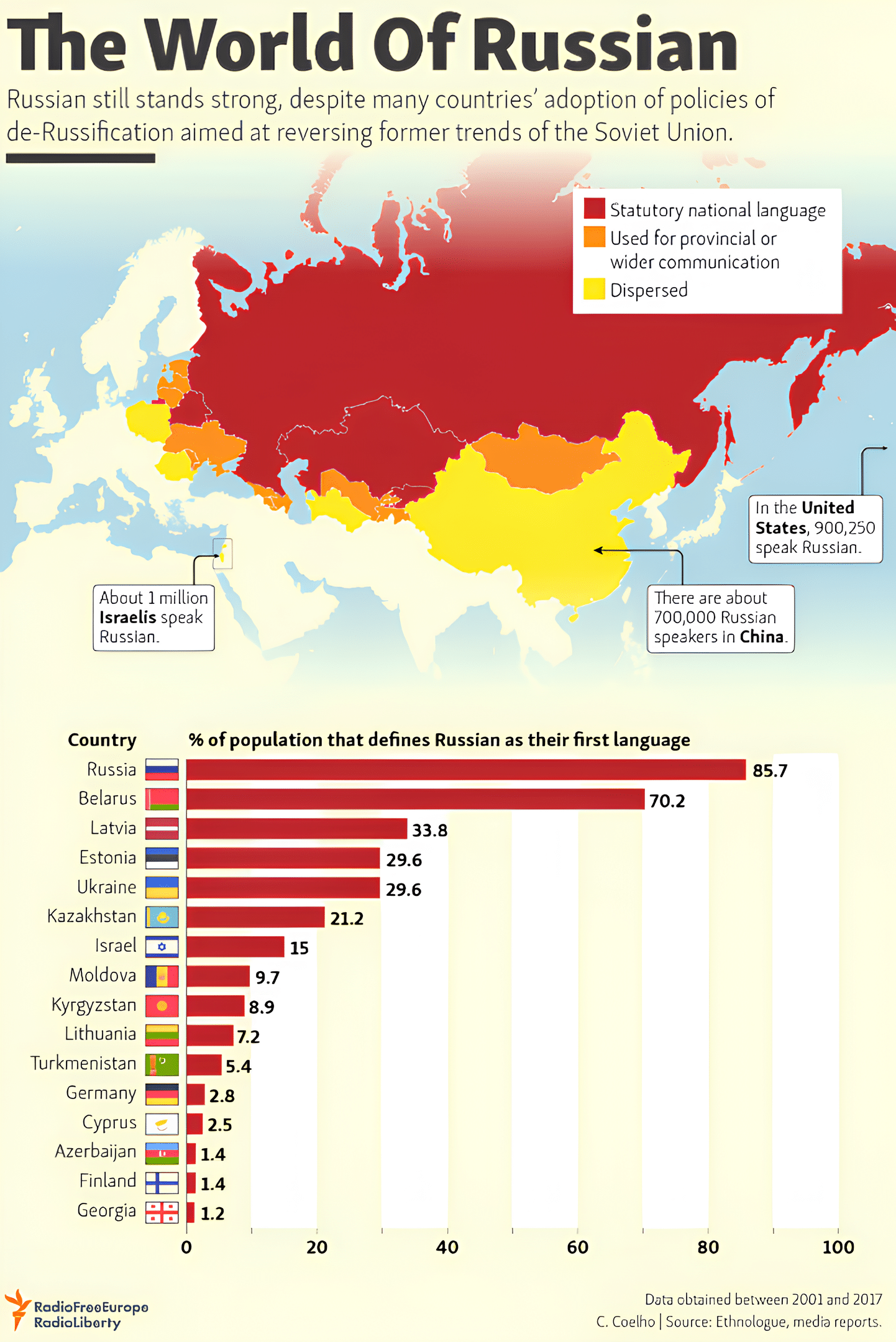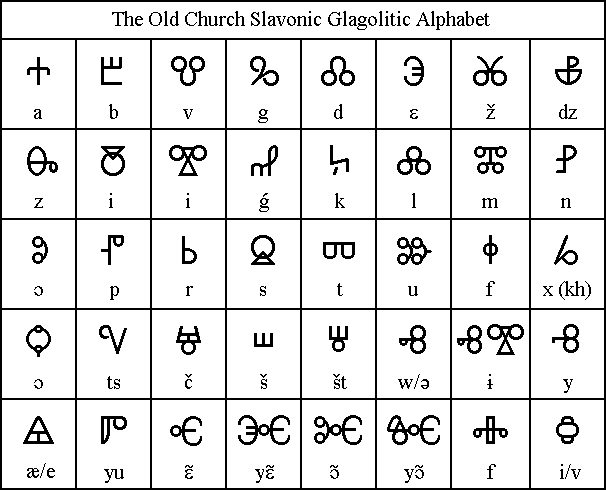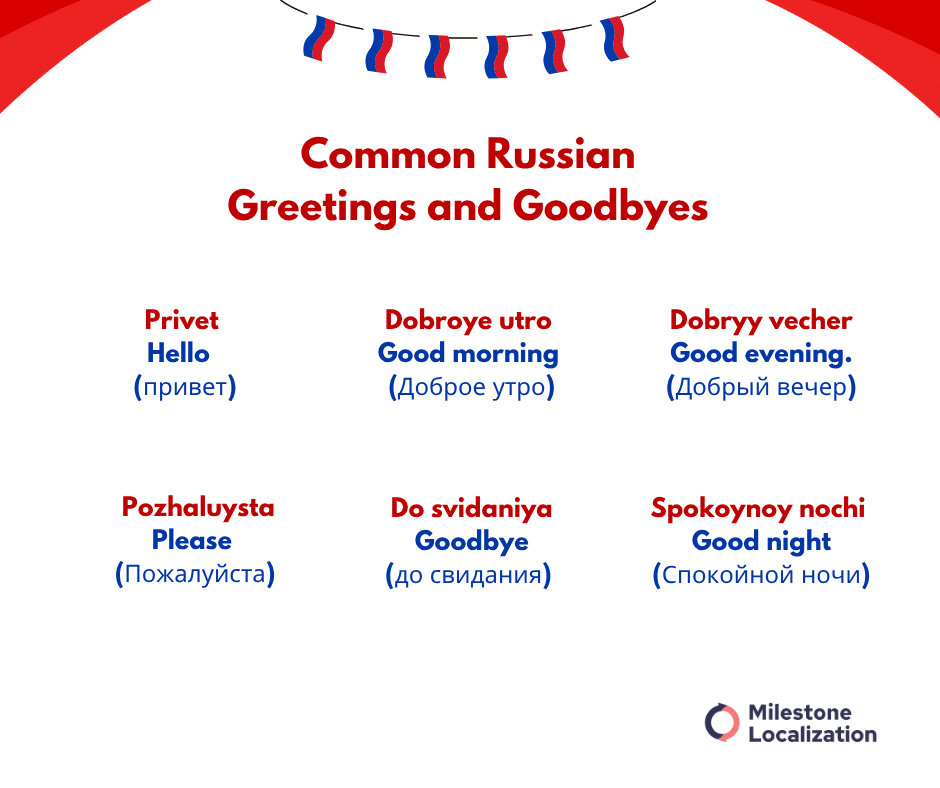Its influence extends beyond Russia’s borders, reaching many countries in Eastern Europe, Central Asia, and parts of the Middle East where Russian serves as either an official language or a widely used second language.

This broad geographic spread is a result of historical ties, especially during the Soviet era, which helped establish Russian as a key language for communication, education, government, and media across multiple regions.
In this blog, we are going to learn about the history and origin of the Russian language and the countries and regions where Russian is spoken.
Countries Where Russian is an Official Language

1: Russia
As of 2025, Russia’s population is estimated at approximately 144 million, with around 118 million individuals identifying Russian as their native language.
Russian serves as the sole official language of the country and has developed over centuries from East Slavic origins through the establishment of the Russian state and Soviet-era linguistic reforms. In addition to Russian, the nation recognizes over 100 minority languages spoken by diverse ethnic groups, including Tatar and Chechen.
2: Belarus
Belarus, with a population nearing 9 million, designates Russian as an official language alongside Belarusian. Approximately 70% of the population, equating to about 6.6 million people, speak Russian.
The prevalence of Russian in government, media, and urban communication reflects enduring cultural and political affiliations with Russia.
3: Kazakhstan
Kazakhstan’s population of approximately 19 million includes a substantial Russian-speaking demographic, with roughly 19% ( 3 million ) of the population proficient in Russian.
While Kazakh is the state language, Russian holds equal official status in administrative and business contexts, a testament to the country’s Soviet legacy and ethnic composition. Russian remains an integral language in Kazakhstan’s governance, education, and economic sectors.
4: Kyrgyzstan
In Kyrgyzstan, home to about 6.6 million people, Russian is recognized as an official language alongside Kyrgyz. More than half of the population utilizes Russian, though only an estimated 628,000 individuals speak it as their native language.
The language holds significant importance in governmental functions, educational institutions, and commercial enterprises, and serves as a vital medium for interethnic communication.
Russian-Speaking Communities Around the World

1: Former Soviet States
Several countries that were once part of the Soviet Union continue to host large Russian-speaking populations. In Kazakhstan, around 3 million people speak Russian, while Belarus has approximately 6.6 million Russian speakers.
Ukraine remains home to about 12.5 million Russian speakers, with the language widely used across both urban and rural areas. In Kyrgyzstan, the Russian-speaking population is around 628,000 highlighting the continued influence of Russian in the region.
2: Baltic States and Eastern Europe
Russian remains a significant minority language in the Baltic states. In Estonia and Latvia, Russian speakers make up approximately 27.6% and 33.8% of the populations, respectively.
Lithuania has about 181,000 Russian speakers, accounting for around 6.4% of its population. Despite their relatively smaller Russian ethnic communities, these countries maintain a notable Russian linguistic presence.
3: Western Europe
Germany is home to nearly 3 million Russian speakers, primarily due to immigration from former Soviet republics. In countries like the United Kingdom and France, smaller but well-established Russian-speaking communities also exist, contributing to the language’s presence in Western Europe.
Also read: German vs Russian: Which Language Has a Brighter Future?
4: North America
In the United States, approximately 1 million people speak Russian, with major communities located in large urban centers. Canada has around 156,000 Russian speakers, primarily concentrated in cities such as Toronto and Vancouver.
5: Middle East and Asia
Israel has a sizable Russian-speaking population of about 1.3 million, mostly made up of immigrants from the former Soviet Union. Smaller communities of Russian speakers can also be found in countries such as Turkmenistan, Tajikistan, Turkey, and across various parts of Asia and the Middle East.
How Many People Speak Russian In The US?
As of 2025, the Russian-speaking population in the United States is estimated to be around 1 million people, making up approximately 0.67% of the total U.S. population.

Russian is one of the most spoken foreign languages in the country. The largest concentrations of Russian speakers are found in states such as New York, California, and New Jersey.
Specifically, New York has about 317,500 Russian speakers, California around 332,600, and New Jersey approximately 135,500. Other states with significant Russian-speaking communities include North Dakota, which has the highest percentage of Russian speakers relative to its population at 2.07%, as well as Massachusetts, Pennsylvania, and Florida.
This community primarily consists of immigrants from Russia and other former Soviet countries, many of whom have preserved their language and cultural heritage across generations.
Why is Russian the Language of Space?
Russian became the language of space due to the Soviet Union’s pioneering role in early space exploration. The Soviet space program, starting in the 1950s, achieved many historic firsts: launching the first artificial satellite Sputnik in 1957 and sending Yuri Gagarin the first human into orbit in 1961.
As the program’s engineers, scientists, and cosmonauts primarily spoke Russian, it naturally became the operational language for communication, training, and documentation in space missions.
Today, astronauts traveling to the International Space Station (ISS) aboard Russia’s Soyuz spacecraft must speak and understand Russian to operate the controls and follow safety protocols.
Today, Russian remains one of the official languages aboard the International Space Station (ISS) due to this historical foundation and ongoing cooperation between Russian and international space agencies.
Also read: 10 Facts You Never Knew About the Russian Language
How Many People Speak Russian in the World?
Russian is spoken by over 253 million people worldwide, making it the ninth most spoken language globally. Approximately 118 million are native speakers, primarily in Russia, and the rest are second-language speakers across several countries.
It remains the most spoken native language in Europe and the most widely spoken Slavic language. Russian serves as an official language in several countries and is commonly used in Eastern Europe, Central Asia, and the Caucasus due to historical ties from the Soviet era.
The language’s wide reach and official status in international organizations, including one of the six United Nations official languages, highlight its global importance.
Why is Russian so Widely Spoken?
Russian is widely spoken due to historical, political, and cultural factors. Its spread began with the expansion of the Russian Empire and was significantly reinforced during the Soviet era when Russian became the official language across the USSR and its satellite states.
Russian was taught as a mandatory foreign language in Eastern Europe, Central Asia, and parts of the Global South, promoting its use beyond native speakers.
Additionally, It is one of the official languages of international organizations like the United Nations and the International Space Station, enhancing its global presence. The language also plays a key role in diplomacy, science, business, and cultural exchange.
The History and Origin of the Russian
The Russian language has a rich history shaped by cultural, political, and religious influences over many centuries. Its development can be understood by examining three main eras, each reflecting significant changes in society and language use.

1: Old East Slavic Era (9th to early 15th century)
The Russian language began as Old East Slavic, spoken in the Kievan Rus’ federation of Slavic tribes. In the 10th century, the adoption of Christianity introduced Old Church Slavonic as the religious and literary language.
This significantly influenced Old East Slavic’s vocabulary and grammar. The language of this era laid the foundation for the later development of Russian.
2: Middle Russian Era (15th to 17th century)
Following the Mongol invasion, the region fragmented, leading to the rise of distinct regional dialects. By the 15th century, the Moscow dialect became politically and culturally dominant.
This dialect developed into the basis of modern Russian. The language absorbed many loanwords and saw important grammatical and vocabulary changes during this period.
3: Modern Russian Era (18th century to present)
Peter the Great’s reforms in the 18th century introduced Western European vocabulary and ideas, modernizing the language. Efforts to standardize Russian increased, with institutions like the Russian Academy helping shape the language.

The first printed poem by A.S. Pushkin
Alexander Pushkin, in the 19th century, crafted a literary language blending formal and everyday speech. Russian continued to evolve through Soviet times into the contemporary language spoken today.
Understanding the Russian Alphabet and Script
1: Origins of the Russian Alphabet
The Russian alphabet comes from the Cyrillic script, created in the 9th century by disciples of Saints Cyril and Methodius. They first developed the Glagolitic alphabet to translate religious texts for Slavic peoples.

The Cyrillic script, adapted from Greek with added letters for Slavic sounds, soon replaced Glagolitic. It evolved over time to suit the Russian language’s specific needs.
2: Structure of the Modern Russian Alphabet
The modern Russian alphabet has 33 letters: 10 vowels, 21 consonants, and two modifier signs the hard sign (ъ) and the soft sign (ь). The soft sign is vital for indicating palatalization or softening of the preceding consonant.

This feature is essential for correct pronunciation in Russian. The hard sign also modifies pronunciation but in different grammatical contexts.
3: Phonetic Nature and Cultural Importance
The Russian alphabet is mostly phonetic, with most letters matching specific sounds. It includes uppercase and lowercase forms, with some letters similar to Latin but pronounced differently.
This phonetic approach aids easy reading and writing. The alphabet is essential for Russian literacy and cultural identity.
4: Other Notable Features and Evolution
The Russian alphabet has been reformed several times, especially in the 18th and 20th centuries, simplifying spelling and removing redundant letters. It influenced many other languages within the Russian Empire and Soviet Union, spreading Cyrillic’s use widely.
The script’s flexibility has allowed it to be adapted for numerous languages beyond Russian. Today, it remains a powerful symbol of Russian and Slavic heritage.
Also read: Cyrillic Script: History, Usage and facts
How Easy is it to learn Russian?
Although learning Russian presents certain challenges, it is accessible to dedicated learners willing to invest time and effort.

The Cyrillic alphabet, while different from the Latin script, can be learned within a few weeks through consistent practice and exposure.
Russian grammar, which includes six cases and verb aspects, demands significant attention and memorization but becomes increasingly manageable over time.
The phonetic nature of the language aids accurate pronunciation once the alphabet is familiar.
Additionally, the absence of articles like “a” and “the” simplifies sentence construction compared to some other languages. Challenges remain, such as mastering word stress and understanding the use of formal versus informal speech, but these diminish with experience.
Overall, with disciplined study and quality resources, Russian is a rewarding and attainable language for learners worldwide.
Conclusion
The Russian language continues to hold significant influence across numerous countries and regions. It functions not only as a vital means of communication but also as an important symbol of cultural heritage and historical connections, especially throughout Eastern Europe and Central Asia.
This broad geographical distribution highlights Russian’s importance as both a national language and a vital tool for regional and international interaction.




